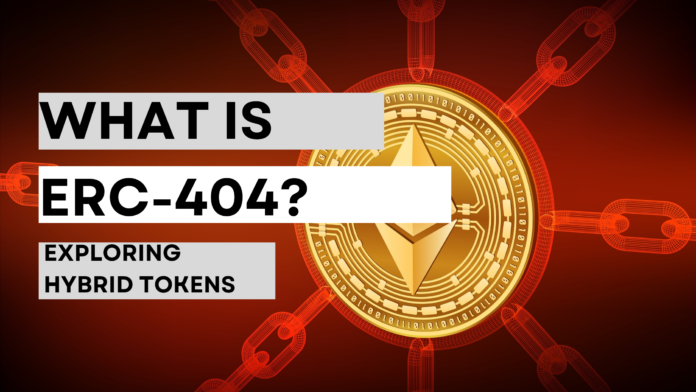ERC-404 is the newest kid to join the ERC family and it revolutionizes the way we think about digital asset ownership. This new token allows tokens to be treated as either fungible or non-fungible, depending on the context and user preference. This flexibility has the potential to unlock new use cases and enhance the overall NFT experience, but it also raises questions about the potential pitfalls and challenges that come with such a versatile standard.
As the NFT market continues to grow and evolve, the need for innovative solutions to address the limitations of existing fractionalization methods has become increasingly pressing. ERC-404 offers a promising solution by enabling seamless fractional ownership, built-in liquidity, and dynamic NFTs that can evolve based on their ownership structure. But what does this mean for the future of NFTs, and how will it impact the way we buy, sell, and interact with digital assets? In this blog, we’ll talk about ERC-404, exploring its potential benefits and challenges, and examining the implications for the NFT ecosystem as a whole.
Understanding ERC-404: Semi-fungible Tokens
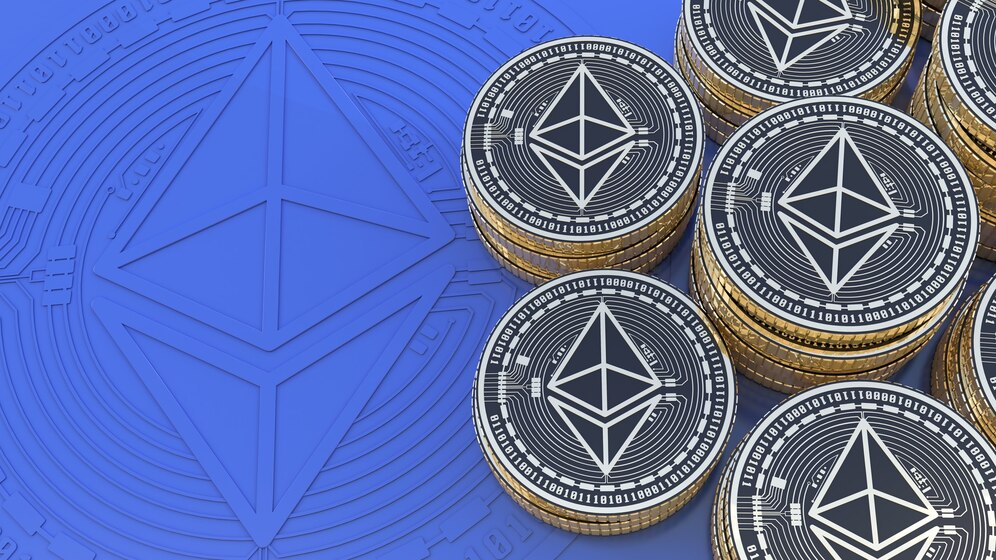
The idea of ERC-404 initially originated from a failed project called Emerald. Emerald was built on the back of another Ethereum protocol called ERC-5335 in early February 2024. While the project didn’t work out due to a critical flaw, it set the stage for the development of ERC-404.
Subsequently, ERC-404 tokens were developed by Pandora. They launched the first ever ERC-404 token, $PANDORA. The token caught on pretty quickly, hitting a $100M market cap just a few days after its inception. Currently, other projects are using this standard to make fractionalizing NFTs much easier.
At its core, ERC-404 introduces the concept of “semi-fungible” tokens – a hybrid that combines the best features of both fungible and non-fungible tokens.
ERC-404 combines the best features of fungible tokens (ERC-20) and non-fungible tokens (ERC-721) into a single, versatile package. With ERC-404, you can have your cake and eat it too – the tokens are unique like NFTs, but they’re also divisible and interchangeable like ERC-20s.
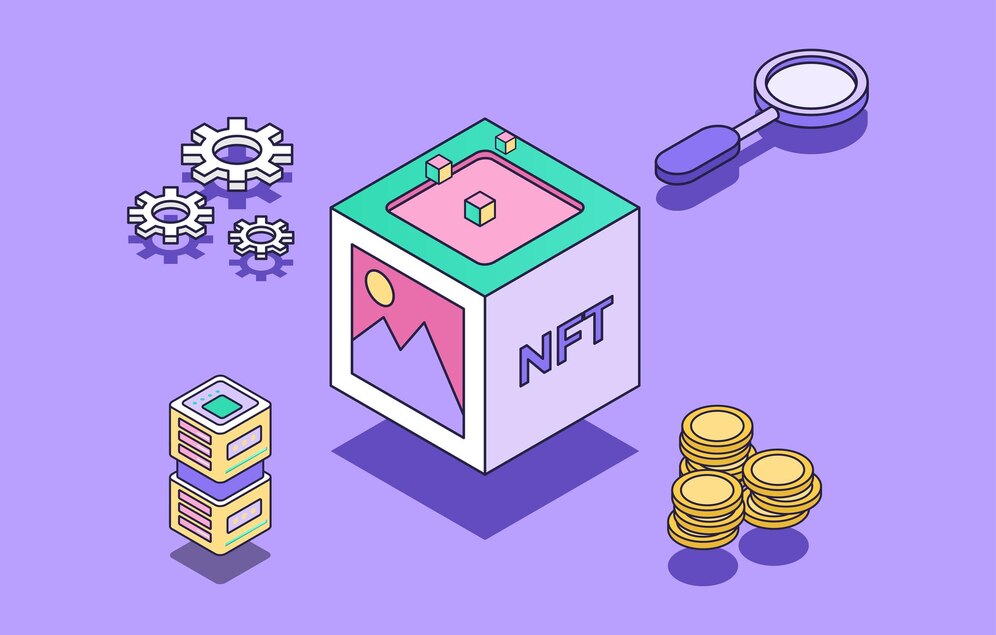
Here’s how it works: every ERC-404 token is linked to a specific NFT. When you buy a full token, the NFT is automatically minted to your wallet. But here’s where it gets really cool – you can sell fractions of your token, and the protocol will burn your NFT. And if you buy enough fractions to form a complete token, the protocol will mint you a brand new NFT. It’s like digital Lego, but way more fun!
Let’s break it down with an example. Imagine you have an NFT of a famous piece of digital art. It’s one-of-a-kind, and you’re the proud owner. But with ERC-404, you can split that NFT into multiple fungible portions. These portions are interchangeable, and anyone who collects all of them can reconstruct the original NFT.
But the real magic happens when you want to buy or sell. With ERC-404, you can buy or sell bigger or smaller portions of the token as a single NFT, thanks to the built-in burn mechanism. The smart contract can destroy the smaller fractions and reissue them as a single token representing the same value as the fractionalized pieces. It’s like having a digital pie that you can slice up and share with your friends, but without the mess!
Here’s a video by blocmates that explains how ERC-404 works.
Benefits & Potential Applications of ERC-404
One of the biggest benefits of ERC-404 is the increased liquidity it brings to the NFT market. Traditionally, NFTs have been like one-of-a-kind artworks – you either own the whole thing or you don’t. But with ERC-404, those valuable NFTs can be divided into smaller, fungible fractions. This means more people can get in on the action, buying and selling pieces of the NFT pie. It’s like fractional ownership of a rare painting – everyone can afford a slice.
But it doesn’t stop there. ERC-404 also allows for new and exciting ways to represent assets. Imagine a rare in-game item that starts off as a fungible token, but as more players acquire and customize it, it evolves into a unique, non-fungible asset. Or picture a piece of digital art that changes in value and appearance based on its fractional ownership structure. The possibilities are endless!
We’re already seeing ERC-404 being explored in a variety of sectors. It could revolutionize how we buy, sell, and trade rare collectibles. In DeFi, ERC-404 tokens could be used to create new lending and borrowing models, unlocking fresh opportunities for investors. And in gaming, ERC-404 could pave the way for more dynamic and engaging in-game economies.
Of course, with any new technology, there are challenges to overcome. ERC-404 is still an experimental standard, and its implementation requires careful consideration of security, adoption, and compatibility issues.
Challenges ERC-404 Faces
ERC-404, the experimental token standard, is poised to revolutionize the world of digital assets. However, before it can become mainstream, several challenges need to be addressed. One of the primary hurdles is developer education. This process is always lengthy, and many qualified specialists need to be trained before a larger number of projects can start applying the new standard. Imagine a developer trying to implement ERC-404 without proper training – it would be like trying to build a house without a blueprint!
Another significant challenge is the need for mass introduction of technical upgrades across blockchain networks and applications to ensure their compatibility with ERC-404. This is akin to upgrading an entire city’s infrastructure to accommodate a new, high-tech transportation system. It requires careful planning, coordination, and execution to ensure seamless integration. For instance, if a popular NFT marketplace decides to adopt ERC-404, it would need to upgrade its entire platform to support the new standard, which could be a daunting task.
Security concerns are also a major challenge. Since the potential flaws, exploits, or vulnerabilities of ERC-404 have not yet been fully analyzed, there is a risk of security breaches. Imagine if a hacker were to exploit a vulnerability in an ERC-404 token, causing significant financial losses for investors. This highlights the importance of thorough security audits and testing before deploying the standard.
Lastly, there is the element of systemic risk. The deployment of ERC-404 has the potential to reduce predictability in markets, making it difficult for investors to make informed decisions. Imagine if a sudden surge in the adoption of ERC-404 tokens led to a market crash, causing widespread panic and financial losses. This underscores the need for careful consideration and planning before introducing such a significant innovation to the market. Despite these challenges, the potential benefits of ERC-404 make it an exciting development in the world of digital assets.
Projects Using ERC-404
Several projects have already begun exploring the possibilities offered by ERC-404, showcasing its potential to transform the NFT market through enhanced liquidity and fractional ownership. In this piece, we’ll delve into some of the pioneering projects utilizing ERC-404 and how they’re leveraging this innovative standard.
One of the earliest and most notable projects to adopt ERC-404 is Pandora. As the first-ever ERC-404 project, Pandora made waves by introducing a new way of fractionalizing NFTs. By using ERC-404, Pandora allows users to buy and sell fractions of their NFTs, making it easier for more people to invest in these unique digital assets.
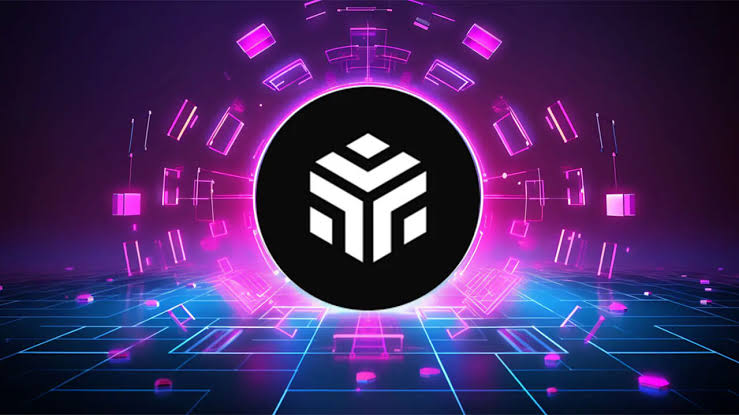
Another project that has caught our attention is DeFrogs. DeFrogs is a platform that utilizes ERC-404 to create a new type of NFT that can be both fungible and non-fungible. This allows for more flexibility in how users can interact with their NFTs, making it easier to buy, sell, and trade them.
Other notable projects using ERC-404 include Monkees, Punks404, and EtherRock404. These projects are all pushing the boundaries of what’s possible with ERC-404, from creating new types of NFTs to enhancing the liquidity of existing ones.
Current Status and Future of ERC-404
Although ERC-404 has been making waves in the blockchain community. it has not yet been formally recognized as an Ethereum Improvement Proposal (EIP). This is because it is still seen as an experimental token standard, Despite this, ERC-404 has already garnered significant attention and interest from developers and investors alike. So, what does the future hold for this innovative standard?
One of the primary challenges ERC-404 faces is its experimental nature. As it has not undergone a formal EIP review, it lacks the official backing and recognition that comes with being a fully-fledged EIP. This means that ERC-404 is still subject to changes and updates based on community feedback and developer input. Additionally, the technical complexity of ERC-404 can be daunting, requiring significant expertise and resources to implement effectively. This could limit its adoption rate, especially among smaller projects and developers.
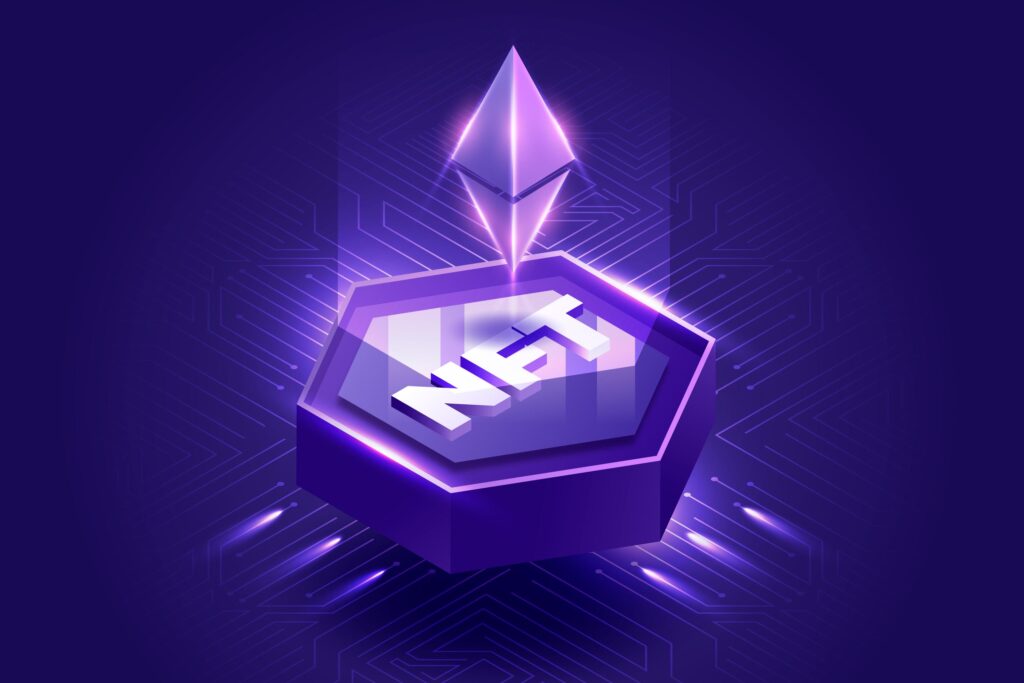
Despite these challenges, I remain optimistic about the future of ERC-404. Its potential to enhance liquidity and accessibility in the NFT market is immense. By enabling fractional ownership and fluid conversion between NFTs and fungible tokens, ERC-404 can unlock new levels of investment diversity and liquidity. This could have a profound impact on the blockchain ecosystem, making it more inclusive and accessible to a broader audience.
As ERC-404 continues to evolve, I believe it will overcome its current limitations and become a major player in the blockchain space. With the support of the community and continued innovation from developers, ERC-404 has the potential to revolutionize the way we think about digital asset ownership and trading. Whether you’re an investor, developer, or simply a blockchain enthusiast, ERC-404 is definitely worth keeping an eye on.
Conclusion
ERC-404 is an innovative token standard that combines the best of both worlds – fungible and non-fungible tokens. By blending the features of ERC-20 and ERC-721, ERC-404 offers a new way to represent digital assets, enhancing liquidity and accessibility. While it is still an experimental standard, ERC-404 has the potential to revolutionize the NFT market and beyond.
Key takeaways include the ability to fractionalize NFTs, allowing for more people to invest in these unique digital assets. Additionally, ERC-404 introduces a new way to represent assets with varying degrees of fungibility, making it a versatile tool for creators and users alike. For those interested in learning more, resources such as the official GitHub page and the Pandora project can provide further insights into the technical details and potential applications of ERC-404.


